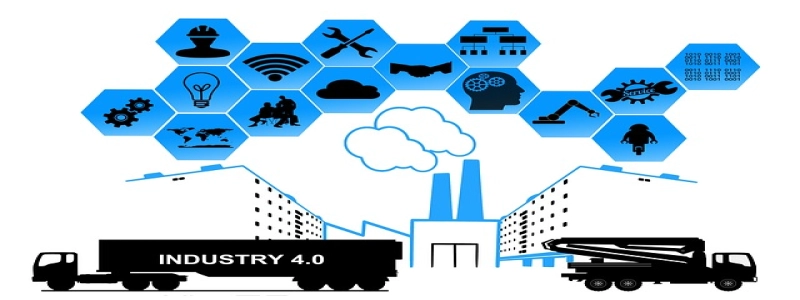Ethernet Transmitter
Introduction:
Ethernet transmitters play a crucial role in modern communication systems. They are electronic devices that convert digital data into electrical signals, facilitating the transmission of data over Ethernet networks. In this article, we will delve into the various aspects of Ethernet transmitters and explore their significance in today’s digital world.
I. What is an Ethernet Transmitter?
An Ethernet transmitter, also known as a media access controller (MAC), is a hardware component integrated into networking devices like routers, switches, and network interface cards. Its main function is to encode and transmit digital data across Ethernet cables.
II. How Does an Ethernet Transmitter Work?
The Ethernet transmitter operates at the data link layer of the OSI model. It receives digital data in the form of frames from the higher layers of the network protocol stack. The transmitter then converts these frames into electrical signals using modulation techniques such as amplitude modulation or phase modulation. These electrical signals are then transmitted over Ethernet cables to the intended recipient.
III. Key Components of an Ethernet Transmitter:
1. Digital Signal Processor (DSP): The DSP in an Ethernet transmitter is responsible for converting the digital data frames into electrical signals. It performs functions like encoding, modulation, and error correction.
2. Clock Generator: The clock generator ensures synchronization between the transmitter and the receiver. It provides a stable clock signal to maintain the timing accuracy of data transmission.
3. Ethernet Controller: The Ethernet controller manages the flow of data between the transmitter and the network interface. It handles tasks like frame encapsulation, addressing, and error handling.
IV. Ethernet Transmitter Standards:
Ethernet transmitters adhere to various standards defined by the Institute of Electrical and Electronics Engineers (IEEE). The most common standards include:
– 10BASE-T: A standard for Ethernet over twisted-pair copper wire, supporting data rates up to 10 Mbps.
– 100BASE-TX: A standard for Fast Ethernet over twisted-pair copper wire, supporting data rates up to 100 Mbps.
– 1000BASE-T: A standard for Gigabit Ethernet over twisted-pair copper wire, supporting data rates up to 1 Gbps.
V. Applications of Ethernet Transmitters:
Ethernet transmitters are widely used in various industries and applications, including:
– Local area networks (LANs): Ethernet transmitters form the backbone of LAN infrastructures, enabling high-speed data communication between devices.
– Internet of Things (IoT): IoT devices often rely on Ethernet transmitters for seamless connectivity and data transfer.
– Video surveillance systems: Ethernet transmitters facilitate the transmission of high-quality video streams over IP networks, enhancing security systems.
Conclusion:
Ethernet transmitters are fundamental components of modern communication networks. Their ability to convert digital data into electrical signals enables efficient data transmission over Ethernet infrastructures. As technology continues to advance, Ethernet transmitters are expected to evolve further, supporting even faster data rates and enabling more innovative applications.








